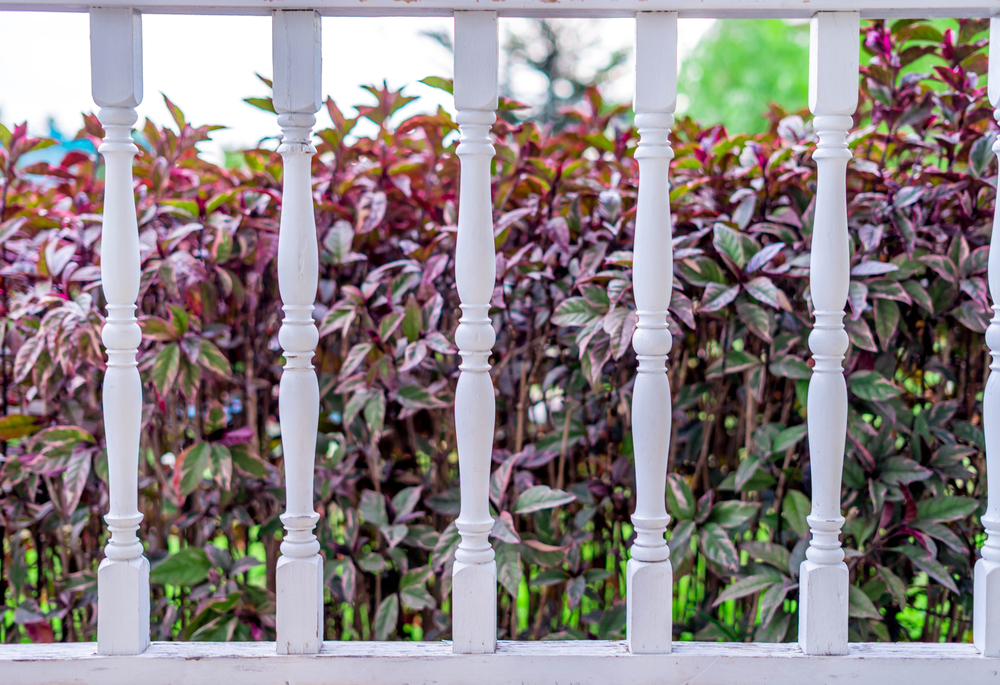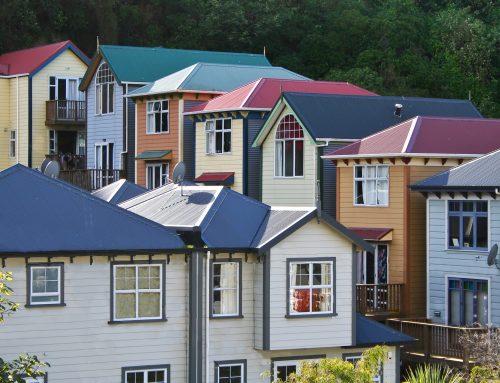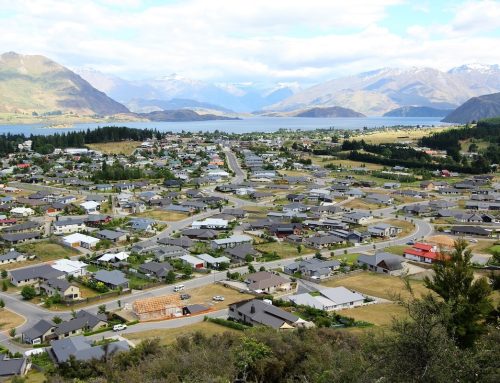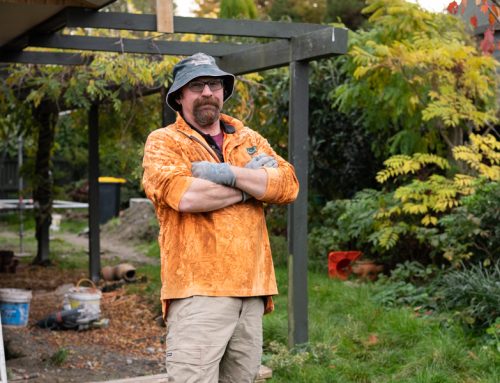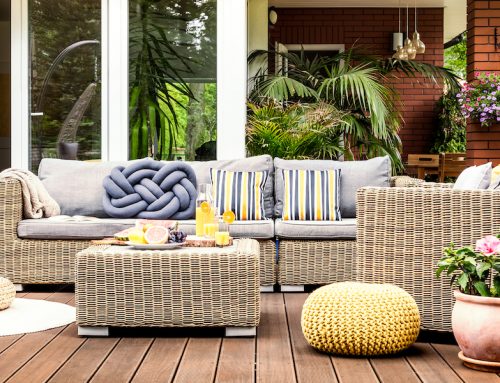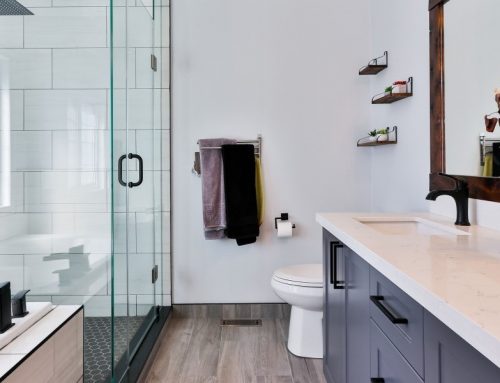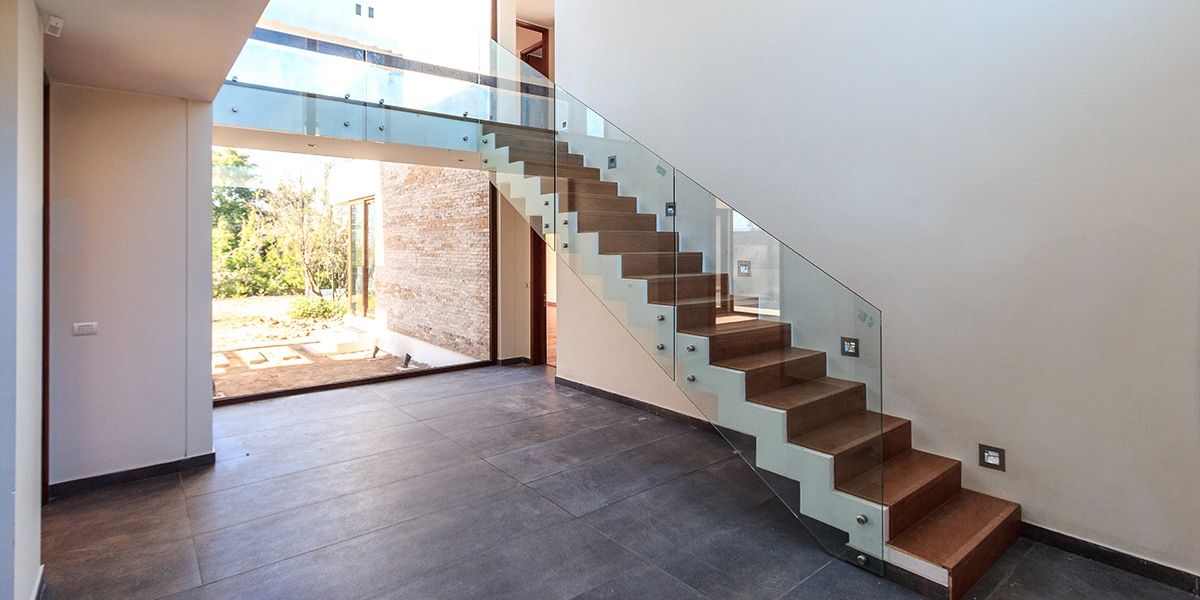
Wondering what the NZ Building Code requirements are for balustrades on stairs and decking? Then you’re in the right place, we take a look…
What is a Balustrade?
A balustrade is basically a safety barrier. It can vary in appearance from simply a rail with supporting balusters, all the way to a full fence. It’s often confused with a bannister, which is a type of handrail. Both have the same purpose though: to keep you safe.
Do You Need One?
A balustrade is needed wherever there is a drop of more than a metre, such as on a deck, staircase or balcony. The NZ Building Code clause F4 says that “a barrier is needed when someone could fall one metre or more.”
If the fall is greater than one metre, an approved balustrade must be installed. It also needs to have a lifespan of no less than 15 years for the balusters, which are the posts supporting the top and bottom rails. The top of the balustrade also needs to be “positioned between 900 and 1000mm above the pitch line.” It is vital that when choosing a balustrade type, you only pick ones which meet the requirements set out by the Building Code.
Types of Balustrades
While balustrades play an important job, the way they look is also important for your home. We are lucky in New Zealand that there are plenty of balustrade manufacturers to choose from and many different aesthetic styles too. Four of the most common types are:
Glass
Glass balustrades are increasingly popular because of their minimalist appeal. Framed glass ones are the most affordable and feature a frame around each piece of glass. Semi-framed versions are a bit more stylish and as they are only partially framed, block less of your view. Frameless glass balustrades are the costliest and are usually fixed together with high grade stainless steel channels. Basically, the less framing used, the higher the cost.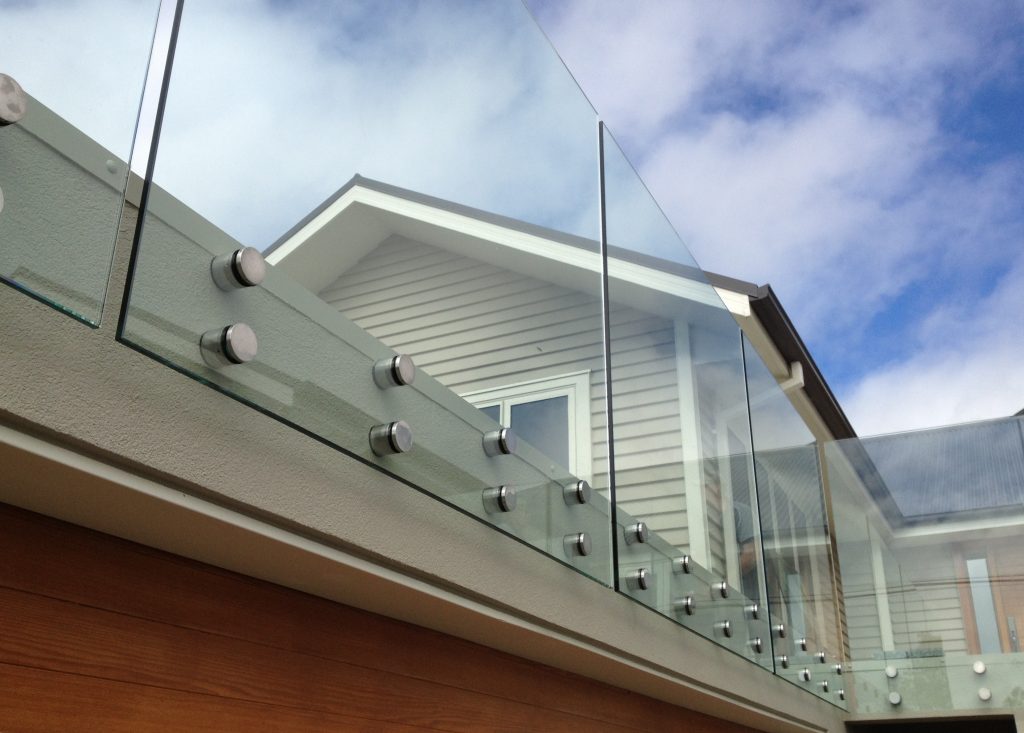
Wrought Iron
Wrought iron balustrades are great for using in small areas where a decorative finish is required. The steel will need to be galvanised to give it protection against the weather if it is installed outside. Wrought iron is also great for using when you have awkward shapes and sizes which need a safety barrier.
Aluminium
Aluminium balustrades are a low maintenance and low cost option. They can be used both indoors and out and are cheaper than wrought iron and steel versions. Aluminium balustrades are often used on balconies and as pool fencing.
Timber
Timber balustrades give a natural look which many homeowners prefer. They are a low-cost option, but do require more maintenance. This may involve regular painting or staining and water blasting. A timber version may end up having a shorter life span too, making this a factor in your decision.

How do I Know if my Balustrade Meets Safety Standards?
The best way of finding out if your chosen balustrades meet the Building Code is to get that information right from the horse’s mouth. On the website of the Ministry of Business, Innovation and Development, you will find a document which gives design guidance for barriers. It discusses the loads the barrier needs to be able to withstand, the barrier stiffness and the general design requirements. You’ll also need to have your balustrades installed by an approved contractor who can provide PS3 statements to meet building consent requirements.
If you’d like a free quote from one of our tradies, as well as some advice on choosing the right balustrade for your home, post your job today!
